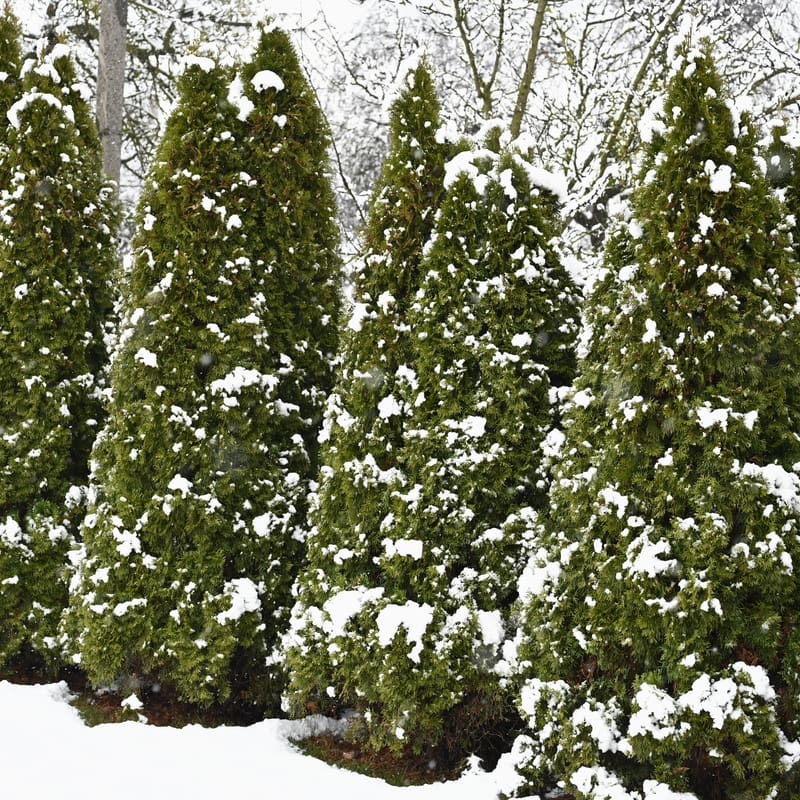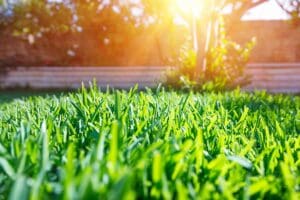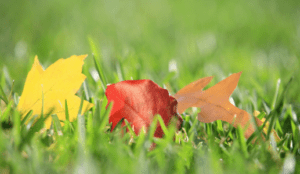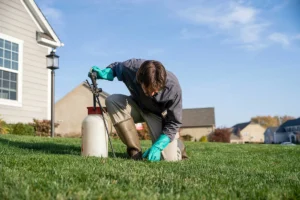Last month, many of us brought home a live tree to celebrate Christmas. Many of us have a preferred type: Douglas Fir, Balsam Fir, Blue Spruce, Scotch Pine, or White Pine are some of the most popular varieties. Evergreens remind us that the sun will return and winter will not last forever – which is why they have been used as a winter decoration for thousands of years. Have you ever wondered what exactly makes a pine a pine and a spruce a spruce? Today, we’ll show you the difference so you can wow your family next time you pick out a Christmas tree.
How To Tell The Difference Between Different Types Of Evergreen Trees
Why We Use Evergreens To Celebrate Winter
Europeans have used boughs of evergreen cuttings for thousands of years to decorate their homes during the coldest, darkest part of the year. When all other deciduous trees have lost their leaves, evergreens return their greenery and remind us of the green spring and summer that is to come. They are a symbol of hope that the winter will not last forever. When Christianity spread throughout Europe, the tradition of evergreen décor was combined with the celebration of Jesus’s birth and continues to this day. However, it’s 16th century Germany that brings us the Christmas tree decoration we recognize today. When German immigrants came to America, they brought their tradition of Christmas trees with them.
Types Of Evergreen Trees
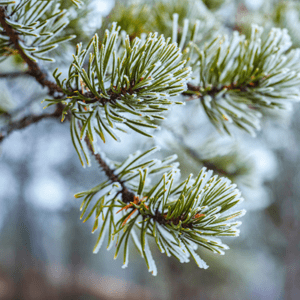
Pine tree
Pine trees have more slender needles compared to firs and spruces. In addition, these needles are arranged in groups of two, three, or five depending on the species – similar to multiple strands of hair growing out of the same hair follicle. This is the easiest way to tell pines from other types of evergreens. Firs and spruces do not produce multiple needles out of one shoot. Also, the needles of pines are flat and can’t be rolled easily between your fingertips.
Another identifying characteristic is the pinecone. While all conifers produce cones, only pines produce pinecones. These particular cones are made of scales that protect the seeds on the cone’s interior. If you’re dealing with a pine tree, the cones will be scaly, feel like wood, and are more rigid than other species of cones.
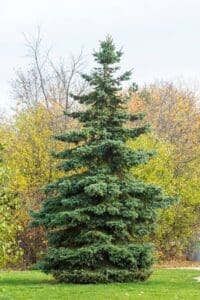
Spruce tree
Once again, the easiest way to tell if you’re looking at a spruce is by inspecting the needles. While pines produce multiple needles at each shoot, spruces only create one needle per shoot. And unlike pines, these needles are rounded, which means you can easily roll them between your fingers. Take a look at the tree and give it a little shake. If the needles fall off, but the peg-like structure that holds the needle remains, you know the tree is spruce. Also, spruce needles tend to be stiffer than fir or pine – something you may have noticed if you’ve ever decorated a Blue Spruce. They are beautiful to look at, but spruces will tear up your hands if you don’t wear gloves.
Another way to tell a spruce from a pine or fir is by looking at the cones. While pine cones are thick and feel like wood, spruce cones tend to have more of a papery feel.
Fir tree
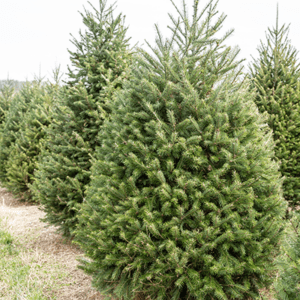
Fir trees have characteristics of both spruce trees and pines. Like spruce trees, firs have needles attached individually to each branch. However, the needles on fir trees do not have the peg-like structures that spruces possess. But unlike spruce needles, which are round and stiff, fir needles take after pines – the needles are softer, flat, and don’t roll easily between your fingers. Another fun way to tell a fir apart from spruce and pines: crush some needles and see if a citrus aroma is produced.
As always, another way to tell if your tree is a fir is by looking at the cones produced. Spruce and pines produce cones that hang downwards once they’ve reached maturity. Fir cones, however, will stay upright. And these same cones will shed and crumble while attached to the tree. While spruce and pine cones are often found intact on the ground beneath them, fir cones usually don’t make it to the ground intact.
If you’re curious about the particular species of fir, pine, or spruce in your yard, ask your lawn care service technician! Our arborists are happy to identify your tree for you.
Take Care Of Your Evergreens All Year Long – Call Top Lawn
While our Christmas trees have been put to the curb, the evergreens in our yard need attention. That’s why Top Lawn offers tree and shrub care services to keep your large ornamental plants looking beautiful and growing strong. We also provide pest control services to keep your trees and yard free from annoying pests that make enjoying your outdoor space difficult. If you’re ready to spruce up your evergreens, give us a call at (248) 956-6022 or send us a message through our online form here.
We hope you enjoyed this blog! If you’re interested in learning more about caring for your yard, be sure to visit our blog page and check out our past articles.
Like us on Facebook -> https://www.facebook.com/toplawn/
Follow us on Twitter -> https://twitter.com/TopLawnMI

